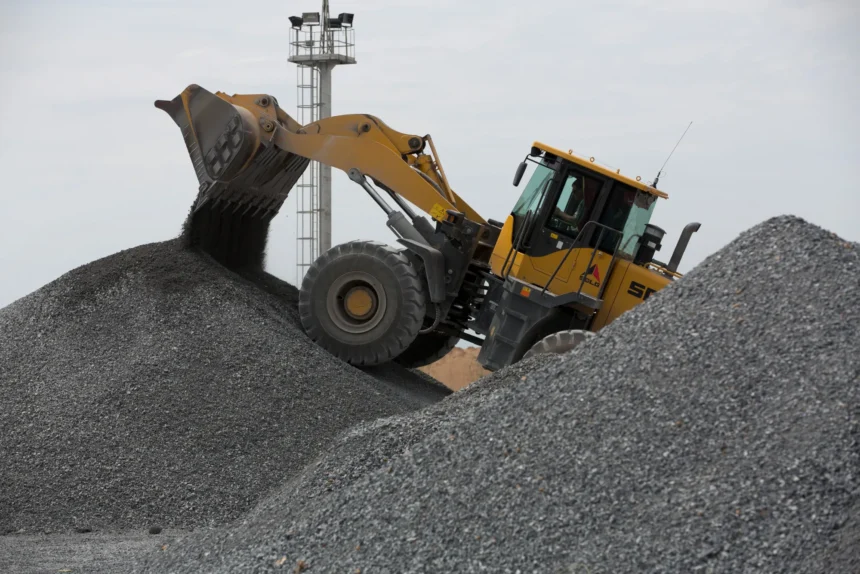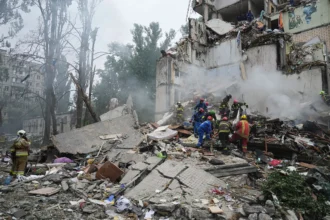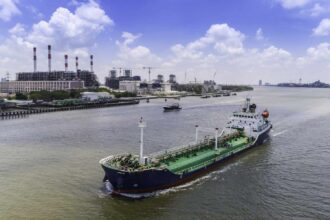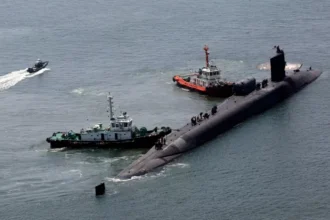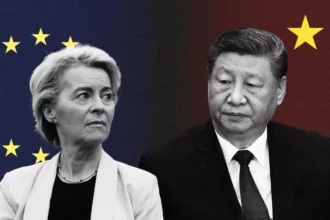In a strategic maneuver aimed at securing critical materials for defense and high-tech industries, the United States is reportedly increasing its focus on Kazakhstan’s vast tungsten reserves, a move analysts say is designed to reduce reliance on China for a metal essential to military, aerospace, and industrial applications. Tungsten, known for its extreme hardness, high melting point, and industrial versatility, is considered one of the most critical materials in the global supply chain, particularly for defense production.
As tensions between Washington and Beijing over trade, technology, and global influence persist, U.S. policymakers are seeking alternatives to Chinese tungsten, which currently dominates roughly 85% of the global supply.
Why Tungsten Matters
Tungsten is not just a niche commodity. Its unique properties make it indispensable in:
- Defense applications: armor-piercing projectiles, missile components, and aircraft manufacturing
- Industrial uses: high-speed cutting tools, mining equipment, and electrical contacts
- Emerging technologies: semiconductors, renewable energy infrastructure, and advanced electronics
Given the strategic importance of tungsten, analysts say that securing reliable and diversified sources is critical for national security and industrial competitiveness.
Kazakhstan: An Underexplored Strategic Partner
Kazakhstan is home to some of the world’s largest untapped tungsten deposits, particularly in the East Kazakhstan region, including the Keylin and Sarykol mining zones. The country’s geological potential, political stability, and proximity to both China and Russia make it an attractive alternative for U.S. supply chain diversification.
Recent reports indicate that U.S. officials have engaged in exploratory talks with Kazakh authorities, including discussions on joint ventures, investment incentives, and long-term supply contracts. The proposed initiatives would enable the U.S. to secure strategic reserves of tungsten while supporting Kazakhstan’s economic diversification.
The Geopolitical Angle: Countering Chinese Dominance
China currently controls the majority of tungsten refining and processing capacity, meaning that even if raw material comes from elsewhere, most processed tungsten is produced in Chinese facilities. This has made the U.S. and its allies highly dependent on Beijing for materials critical to defense and high-tech industries.
“Securing tungsten outside China is no longer optional; it is a strategic necessity,” said one U.S. official familiar with the negotiations. “Kazakhstan offers both supply potential and geopolitical leverage.”
The U.S. move is part of a broader effort to reduce dependence on Chinese critical minerals, which also includes investments in lithium, rare earths, cobalt, and graphite from allied countries and domestic sources.
Potential Economic and Industrial Impact
Securing tungsten from Kazakhstan could have far-reaching implications:
- Defense readiness: Guarantees steady supply for military manufacturing and strategic stockpiles
- Supply chain resilience: Reduces exposure to geopolitical risks and export restrictions
- Investment opportunities: Encourages joint mining ventures, processing facilities, and infrastructure development
- Regional influence: Strengthens U.S. presence in Central Asia, counterbalancing Chinese and Russian influence
Analysts estimate that U.S. investment in Kazakh tungsten operations could exceed $500 million over the next five years, including mining, transportation infrastructure, and processing facilities.
Challenges Ahead
While the opportunity is significant, several challenges remain:
- Infrastructure gaps: Many of Kazakhstan’s tungsten deposits are in remote, mountainous regions requiring investment in roads, power, and water supply.
- Processing capability: Kazakhstan currently lacks large-scale refining facilities, which means raw tungsten would need further investment to meet industrial standards.
- Regulatory and political hurdles: Negotiating long-term mining contracts and environmental compliance requires close coordination with Kazakh authorities.
- Market volatility: Tungsten prices have fluctuated significantly due to Chinese production policies, which could affect long-term agreements.
Despite these obstacles, U.S. officials appear confident that strategic partnerships and investment incentives can mitigate risks.
The Broader Context: Securing Critical Minerals
The tungsten initiative is part of a larger U.S. strategy to secure critical minerals and reduce supply chain vulnerabilities. In recent years, the Department of Defense and Department of Commerce have identified 35 minerals—including tungsten, lithium, rare earths, and cobalt—as essential to national security. Beijing’s control over many of these resources has prompted the U.S. to accelerate international sourcing and domestic production.
Conclusion: A Strategic Gamble with High Stakes
The U.S. focus on Kazakhstan’s tungsten reserves represents a calculated geopolitical and industrial strategy. By diversifying supply chains and securing access to critical minerals, Washington aims to counterbalance China’s dominance while reinforcing defense readiness and technological competitiveness.
If successful, the initiative could reshape the global critical minerals map, elevate Kazakhstan’s role as a strategic supplier, and give the United States a rare opportunity to reassert leadership in a sector long dominated by China.

